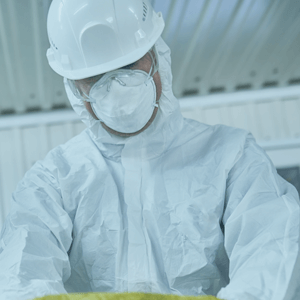The basic reality is that you likely lack the training to undertake this task, you would expose yourself to dangerous risks by cleaning up after an unattended death. Finally, you likely do not have access to the equipment and chemicals needed to ensure that all biohazardous materials are eradicated from the scene of an unattended death.
When you discover the remains of a loved one following an unattended death, you’ve enough emotional weight to carry without adding the additional trauma of personally cleaning up the scene. Adding the burden of personally cleaning up the aftermath of the death heightens the possibility that you’ll experience traumatic grief. Traumatic grief is an ultimately unhealthy response to the death of a loved one. Traumatic grief can stem from, to be compounded by, the discovery of a loved one’s body following an unattended death.
In addition to traumatic grief, some people fact the prospect of post-traumatic stress disorder or PTSD who discover the body of a loved one after an unattended death.
Simply put, the best course to undertake for an unattended death cleanup is to retain the services of a skilled, experienced, compassionate biohazard remediation specialist.





 Depending on what preliminary determination is made about the cause of death, the scene can be treated in different ways. For example, if there is evidence suggesting the death was the result of homicide, the police, and the coroner’s office will spend time collecting evidence at the scene.
Depending on what preliminary determination is made about the cause of death, the scene can be treated in different ways. For example, if there is evidence suggesting the death was the result of homicide, the police, and the coroner’s office will spend time collecting evidence at the scene.
